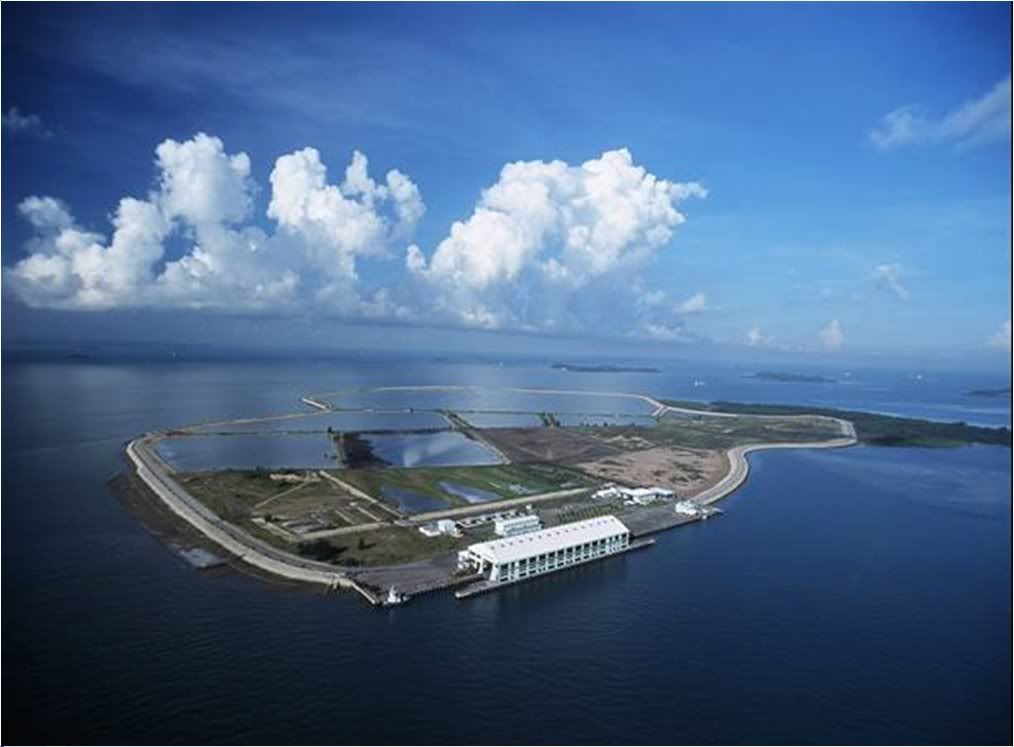
On Saturday, about 50 of us headed off to Pulau Semakau, one of Singapore’s offshore landfill. We started our long journey there at 12.50 pm. At Marina South Pier, we embarked on a 45 min ferry ride to our destination – Sumacau Island. On arrival we headed into the conference room for a talk and video. The video mainly showed the operations of the island. We learnt that Pulau Semakau was created by forming a 7 km bund around two existing island, Semakau and Sakeng. The bund had 2 layers to prevent any leakage into the sea. The area within the bund was divided into cells to be filled. Did you know that our incinerated waste is transported to the island using barges that can carry up to 30 tonnes of incinerated waste daily?

We had the opportunity to observe the many cells that the island was divided into. Some were still in the process of being filled. Our friendly tour guide Mr. Poothaphan drove us along the road where we could compare the already filled cells with the adjacent unfilled one. We were also able to observe the mangrove plants that were planted on the left side of the road to increase the biodiversity of the island.

Upon reaching the southern part of the island, we stopped to enjoy the breathtaking view of the sea. While resting, we had some refreshments and had an opportunity to interact with one another and with our guide. He was very helpful in answering the questions many of us had. We spent quite some time there taking photos or just appreciating the good view. All too soon, it was time for us to leave.

Through this trip, we have gained a deeper appreciation for the efforts taken into processing our waste and also the planning and thought put into Semakau that has led to it becoming a clean, green and beautiful island. We also know that the waste that we throw down our rubbish chute simply does not just disappear, but it is used in the development of our offshore islands. Much thought and care have been put into ensuring that they are disposed off properly without affecting the environment.
At the end of the day, we are reminded of the importance of keeping the environment clean and green all while enjoying ourselves in Sumacau Island.
